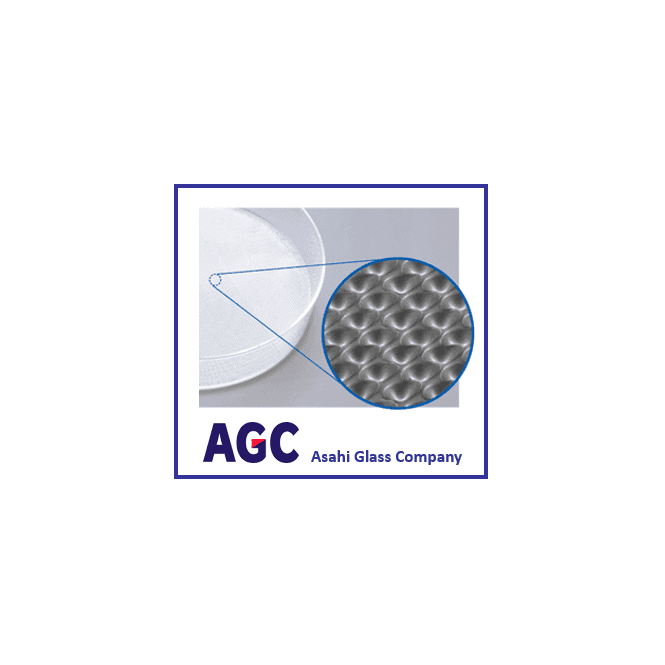Spheroid forming low adherence plasticware. Cell/protein repellent SP-polymer coating. Thousands of micro-wells laser-etched into the surface which generates massive numbers of uniform size embryoid bodies.
Micro-well specifications: 800 µm diameter, 400 µm deep, 1000 micro-wells per dish.
The EZSPHERE 35 mm Dish Type 903 is a product manufactured by Asahi Glass Company, for culturing of mammalian cells and the preparation of 3D cell spheroids. The dish size (diameter measurement) is designated in the product title, with "Type" referring to the configuration of the microwells etched into the plate. Each plate is individually laser-etched and provided in a sterile, ready-to-use format. The plates are made of polystyrene material that is coated with a biocompatible non-adherent surface. Mammalian cells will "slide" to bottom of the wells by gravity and aggregate with neighboring cells according to their biologically programmed narrative. EZSPHERE products are available in a variety of sizes and microwell configurations to suit your particular needs. The plates are an excellent way of creating iPS cell EB seed stocks for transferral to bioreactors such as the ABLE Bioreactor Magnetic Stir System or other suspension culture systems. No other plates or multiwell plate configurations can give you the yields and cost-performance of an EZSPHERE plate from AGC.


Product Name
EZSPHERE Dish 35 mm Type 903 (SP-polymer coating)
Catalog Number
AG4000-903SP
Size
10 dishes
Storage and Stability
Store at Room Temperature
Sterility
Sterile
Notice To Purchaser
REPROCELL is a licensed AGC global distributor of EZSPHERE and EZ-Open Top Flask products everywhere, except for Japan.
Manufacturer
Asahi Glass Company (Japan)
